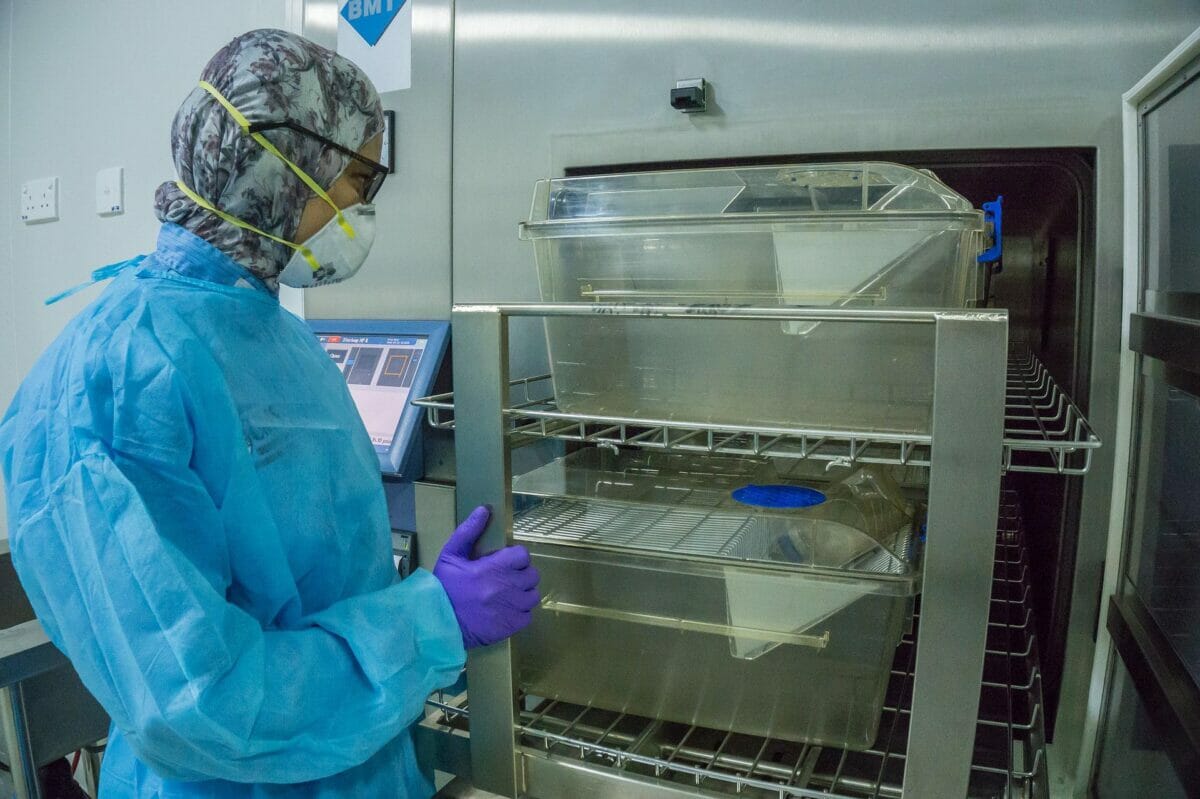Biosafety cabinets are a necessary piece of equipment in many laboratories. They help to protect researchers and laboratory personnel from exposure to dangerous pathogens. However, these can be tricky to use if you’re not familiar with the proper procedures. This article will discuss how to ensure it’s all good.
Develop A Standard Operating Procedure
You must have certain guidelines that everyone working in the lab respects because it will ensure that nothing bad will happen. Once everyone knows that having the correct specification of biosafety cabinet is critical when handling hazardous materials, it’s going to be easier to set the rules. If you’re working with dangerous chemicals or pathogens, you need to be in a biosafety cabinet.
There are four main types of biosafety cabinets: class I, II, III, and IV. Each type is designed to protect both the user and the environment from different risks. Class I cabinets are typically used for work with low-risk agents that do not require special ventilation while class II cabinets provide additional protection. Class III cabinets are used for work with high-risk agents such as toxigenic fungi or cancer cells and class IV ones are used for work with highly infectious agents.
Prepare The Cabinet (BSC)
Every lab has a set of safety rules and preparing the biosafety cabinet is the first step in using it properly. The BSC should be unplugged and cleaned with 70% ethanol before use. Then, you need to put on the gloves and turn on the blower. Next, open the sash so that it is about halfway up and place your items inside. Finally, close the sash and adjust the airflow as needed.
By preparing the biosafety cabinet ahead of time, you can be sure that you are using it correctly and keeping yourself safe from harmful chemicals or particles.
Get The Experiment Equipment Ready
There’s a lot of experiment equipment used in a biosafety cabinet. These are the following:
- pipettes
- media
- glassware
- instruments
- machines
Getting the experiment equipment ready is a way to use a biosafety cabinet properly. Getting the experiment equipment ready, ensures that all of the materials needed for the experiment are in place and accounted for. This also allows for a more efficient and streamlined experiment, as all of the materials are readily available and do not need to be gathered during the course of the experiment.
Dress Up Properly
Make sure to follow the lab’s dress code when working in a biosafety cabinet. Long hair should be tied back, and loose clothing should be avoided. Wearing gloves is also important. If you have long nails, make sure to wear gloves that cover them completely. Taking these precautions will help you avoid contaminating the work area.
In addition to dressing properly, you also need to pay attention to your movements when working in a biosafety cabinet. Avoid leaning or reaching over the top of the cabinet, as this can contaminate the work surface. Be careful not to bump into anything inside the cabinet, as this could cause contamination as well.
Biosafety cabinets aren’t too hard to use, but you do need to have an operating procedure and prepare it well in order to make sure everything runs smoothly. Prepare all the equipment ahead and have it on the ready before you enter, and make sure to dress up according to the code. This will ensure nothing bad ever happens in the lab!






